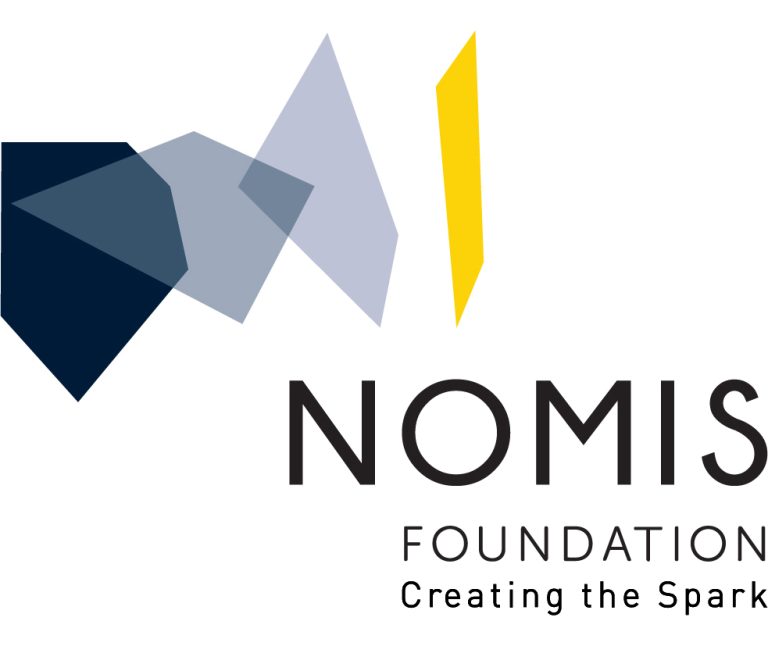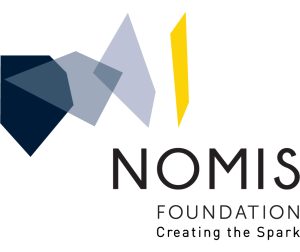Background: Multiple System Atrophy is a rare neurodegenerative disease with alpha-synuclein aggregation in glial cytoplasmic inclusions and either predominant olivopontocerebellar atrophy or striatonigral degeneration, leading to dysautonomia, parkinsonism, and cerebellar ataxia. One prior genome-wide association study in mainly clinically diagnosed patients with Multiple System Atrophy failed to identify genetic variants predisposing for the disease. Objective: Since the clinical diagnosis of Multiple System Atrophy yields a high rate of misdiagnosis when compared to the neuropathological gold standard, we studied only autopsy-confirmed cases. Methods: We studied common genetic variations in Multiple System Atrophy cases (N = 731) and controls (N = 2898). Results: The most strongly disease-associated markers were rs16859966 on chromosome 3, rs7013955 on chromosome 8, and rs116607983 on chromosome 4 with P-values below 5 × 10−6, all of which were supported by at least one additional genotyped and several imputed single nucleotide polymorphisms. The genes closest to the chromosome 3 locus are ZIC1 and ZIC4 encoding the zinc finger proteins of cerebellum 1 and 4 (ZIC1 and ZIC4). Interpretation: Since mutations of ZIC1 and ZIC4 and paraneoplastic autoantibodies directed against ZIC4 are associated with severe cerebellar dysfunction, we conducted immunohistochemical analyses in brain tissue of the frontal cortex and the cerebellum from 24 Multiple System Atrophy patients. Strong immunohistochemical expression of ZIC4 was detected in a subset of neurons of the dentate nucleus in all healthy controls and in patients with striatonigral degeneration, whereas ZIC4-immunoreactive neurons were significantly reduced inpatients with olivopontocerebellar atrophy. These findings point to a potential ZIC4-mediated vulnerability of neurons in Multiple System Atrophy. © 2022 The Authors. Movement Disorders published by Wiley Periodicals LLC on behalf of International Parkinson and Movement Disorder Society.




